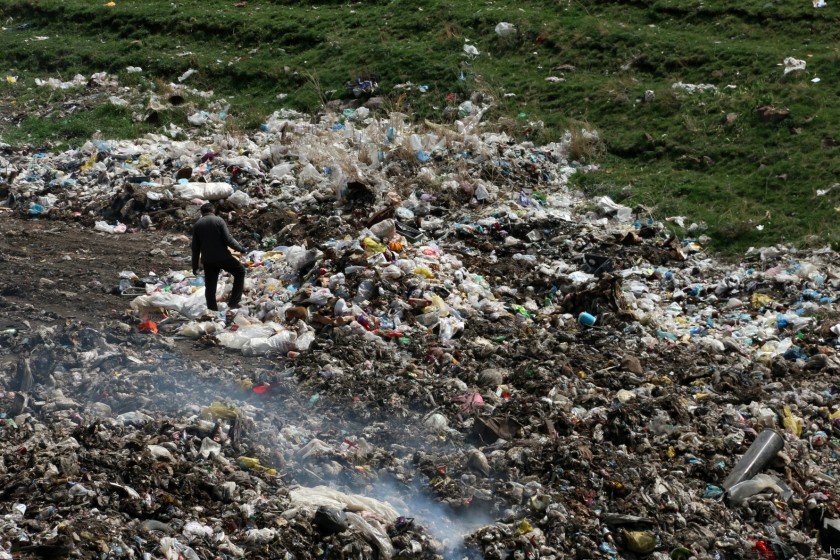
Armenia’s Syunik Province: Where Trash and the Country’s Cultural Past Coexist
Sara Petrosyan
The road heading to the villages of Aghisou, Vorotan, Vaghatin and Lor, in Armenia’s Syunik Province, passes through the municipal garbage dump in the town of Sisian.
These villages are known for their cultural and historic monuments.
In Vorotan, one can visit remains of the local fortress and the Tangou Bridge.
The water source for the village is right below the bridge. The waters cut through mounds of garbage, flowing across the fields.
One can see remains of resort complexes dating from the Soviet era. They’ve been plundered ever since.
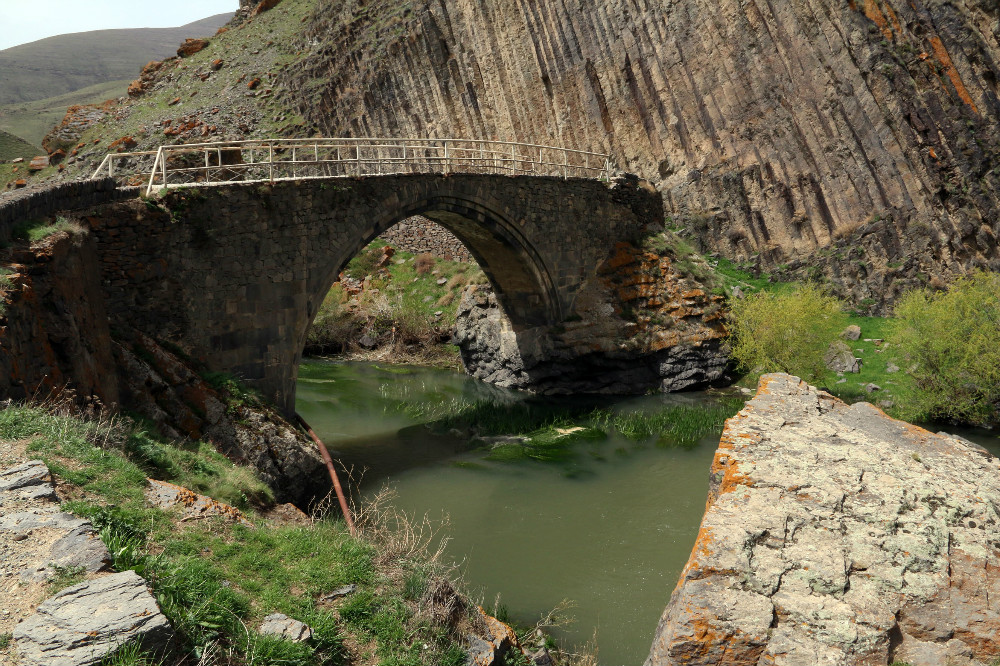
Tangou Bridge
Tourist agencies usually don’t take visitors to these sites. A tourist, viewing the continuous smoke emanating from the burning garbage mounds, would be hard-pressed to explain the logic of the situation. Here are ancient monuments alongside unsightly heaps of trash.
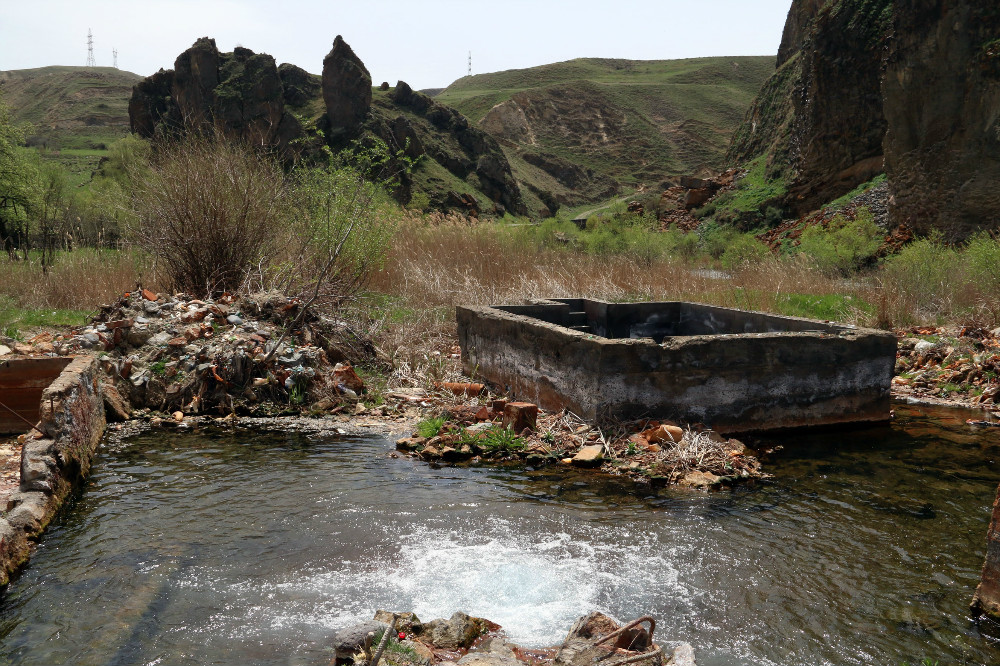
The Armenian government has recently launched a program called Clean Armenia. Evidently the news hasn’t reached this part of the country. While it might be possible to clean certain communities and specific local cultural sites, a larger question remains – what to do with the trash? Once removed to another site, the disposed of garbage would just create another convenient, but illegal, dump.
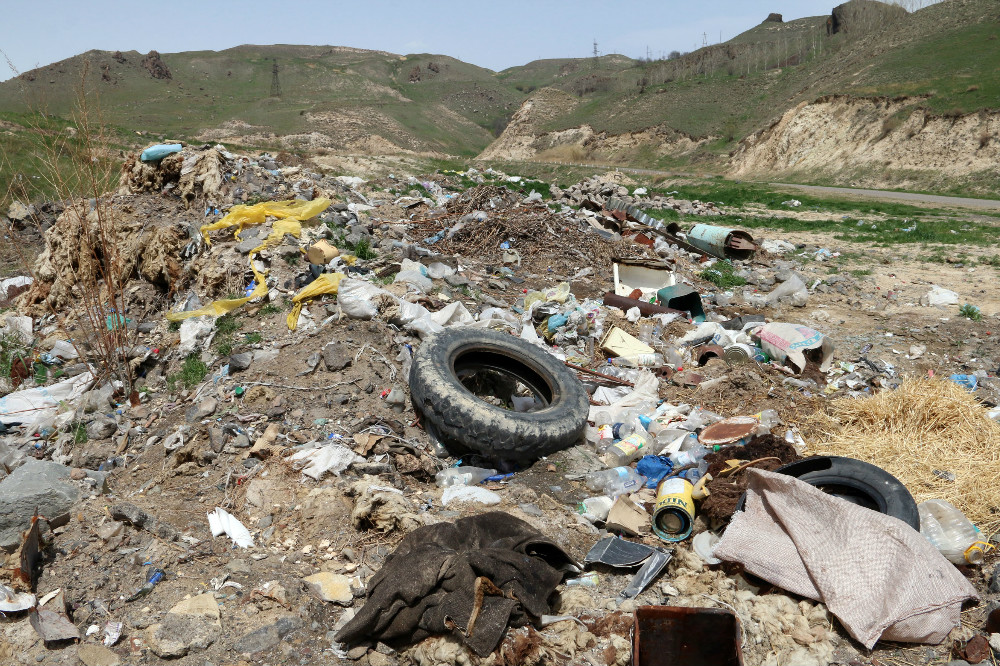
Aghitou
International organizations have been working on cleaning up Syunik Province for several years now. The Asian Development Bank has studied the problem of household refuse management and has mapped 125 dumps that need to be removed. The Sisian municipal dump isn’t on the list. The dump isn’t scheduled for any type of make-over.
A consortium of NGOs, headed by the Sustainable Urban Development Foundation, is conducting a program in Syunik designed to improve garbage collection and sanitary services. The program is 25% funded by the EU and the Armenian government. The Sisian municipal dump will remain as is. The program will only fence it off in 2018, to prohibit livestock from grazing on the site. The Goris municipal dump will also be fenced off.
In 2012, the Sisian municipality, with assistance from the Sustainable Urban Development Foundation, started to sort the garbage. Bins were placed for the disposal of plastic bottles. Another forty trash bins were obtained with funds from the UNDP.
The Sisian Municipal Council, noting that substandard garbage collection, is a major impediment to the town’s development, increased the garbage collection fee from 150 drams to 170. This is to be collected from each resident. No visible improvement has been evidenced. Construction and household waste lines the street in the town’s Syunik neighborhood.
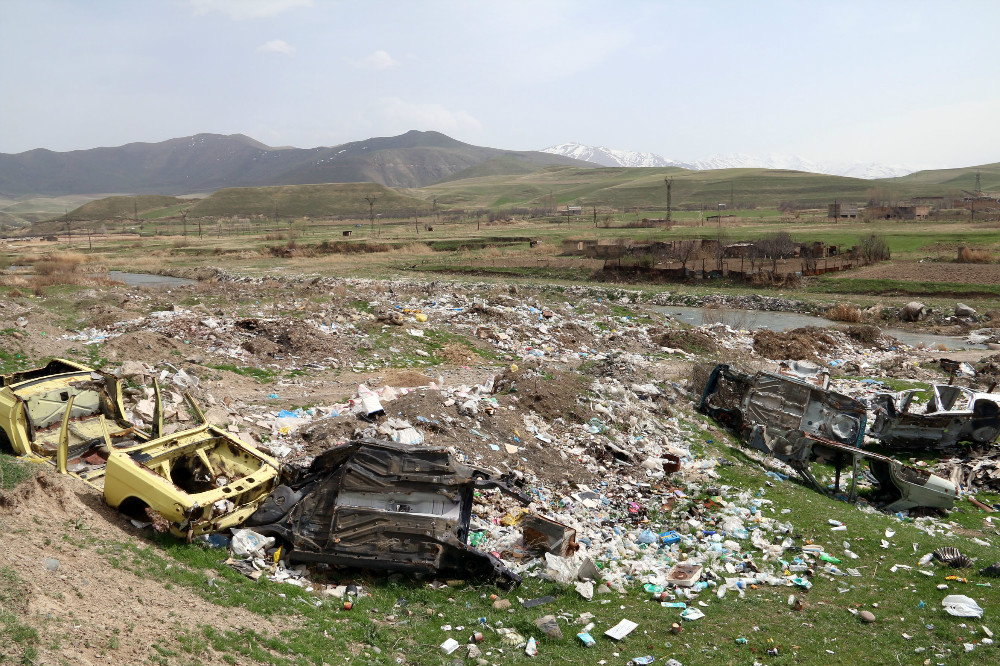
Sewage and manufacturing wastes are emptied into the Vorotan River that flows through the town. There is no processing plant for such items. The municipality plans to clean a 55,000-square meter section if donor organizations will assist with funding.
The NGO consortium, however, believes the behavior of residents must first change for any long-term solution to succeed.
Several years ago, the same section, called the Water Mirrors, was cleaned with government money. Today, the garbage has returned.
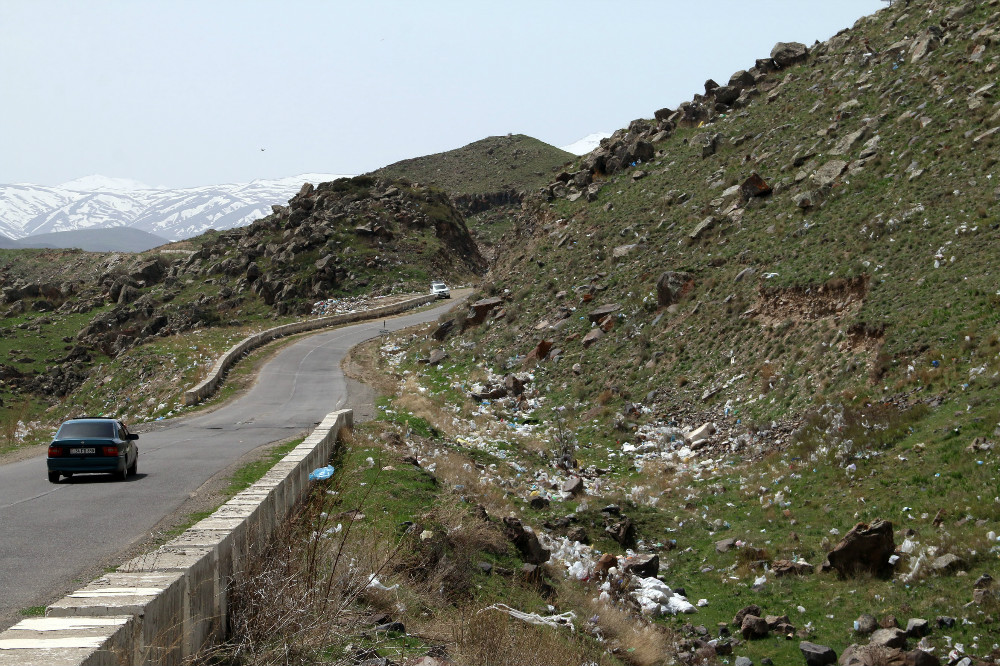
Sisian
In 2013, a strategic plan to manage crude domestic waste in Armenia was drafted with financing from the Asian Development Bank. The document presents the challenges and potential to resolve the issue of waste management. The plan called for a parallel campaign to raise the awareness of residents on the need for waste reduction and the reuse of various items.
It appears that for many, residents and government officials alike, the garbage issue is out of sight, out of mind.
Photos: Hakob Poghosyan
 Videos
Videos Photos
Photos




Write a comment